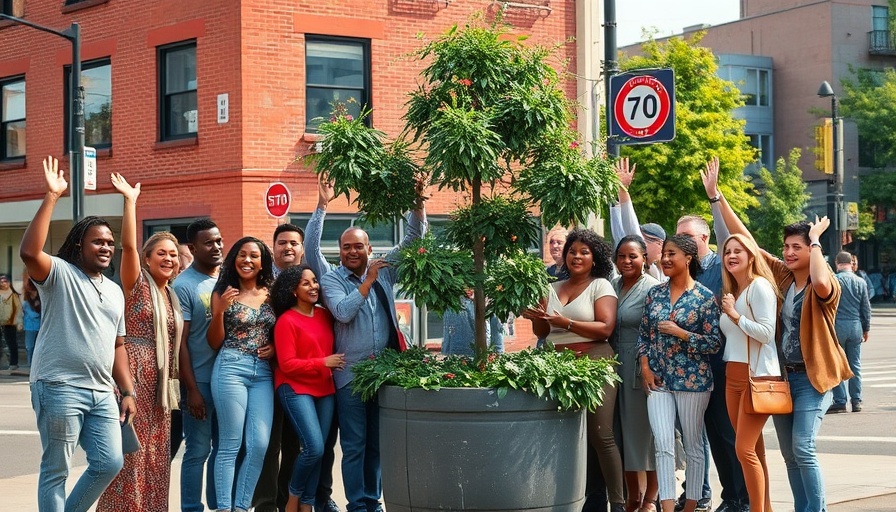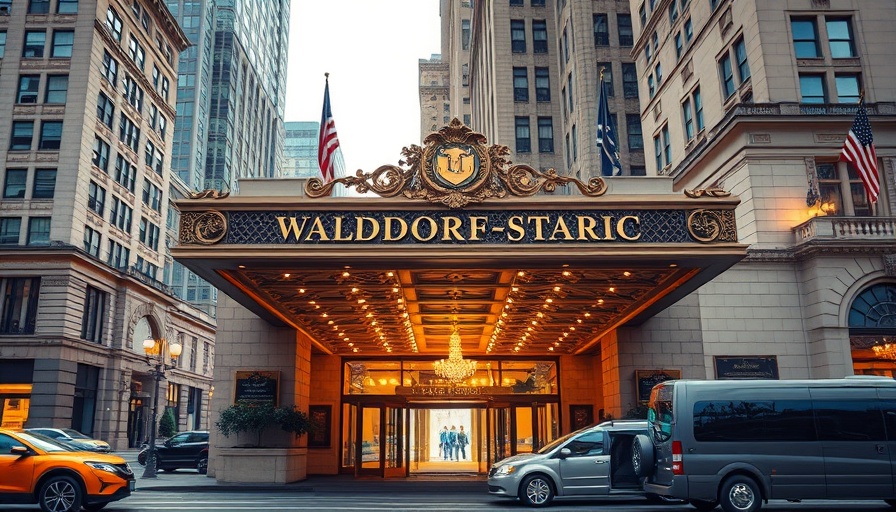
Transforming Concrete Corners into Green Retreats
Residents and passersby on Seventh Avenue between West 18th and 19th Streets can now enjoy the sights and sounds of nature, thanks to a collaborative effort that has breathed life into an otherwise barren stretch of New York City. The initiative, spearheaded by The Horticultural Society of New York (The Hort), showcases five potted flowering trees—Serviceberry and Redbud—strategically placed to enliven the concrete landscape. These trees not only enhance the aesthetic appeal of the area but also contribute to urban cooling and air purification, making city life a little more enjoyable.
A Grassroots Movement Making Waves
This green revamp is a clear illustration of community power. It all began when Paul Groncki of the 100 West 16th Street Block Association asked City Council Member Erik Bottcher for ideas on improving block aesthetics. This simple query sparked nearly two years of coordination among local block associations, Con Edison, and other city officials—a testament to the city’s capability to unite different stakeholders for a common goal.
The Role of Local Leaders in Urban Development
At the recent ribbon-cutting ceremony, Council Member Bottcher passionately detailed the broader implications of street trees, stating, "Street trees aren’t just beautiful—they cool our streets during heat waves, absorb stormwater, and clean our air." This vision aligns perfectly with the increasing demands for sustainability and livability amidst urban development. As cities grapple with climate change and environmental degradation, initiatives like this underscore the necessity of integrating greenery into urban planning, illustrating the positive ripple effect such efforts can create for future neighborhoods.
Culminating Efforts—Community Collaboration for a Greener Future
During the ceremony, Con Edison’s Kimberly Williams emphasized the importance of collaboration among various stakeholders. “Our goal is to create something that works for all parties,” she said, highlighting the challenges they faced in implementation. Amid multiple regulations, the collective effort ultimately succeeded, showcasing that with determination and collaboration, significant urban transformations are not just possible but achievable.
Conclusion: A Collective Success Story
The successfully implemented planters symbolize more than just trees; they are a testament to community resilience and cooperation. The residents’ passion for improvement turned a neglected stretch of road into a flourishing symbol of hope for greener and more livable urban spaces. As urban areas continue to evolve, proactive initiatives such as this will be vital to shaping future cities thoughtfully.
 Add Row
Add Row  Add Element
Add Element 



Write A Comment